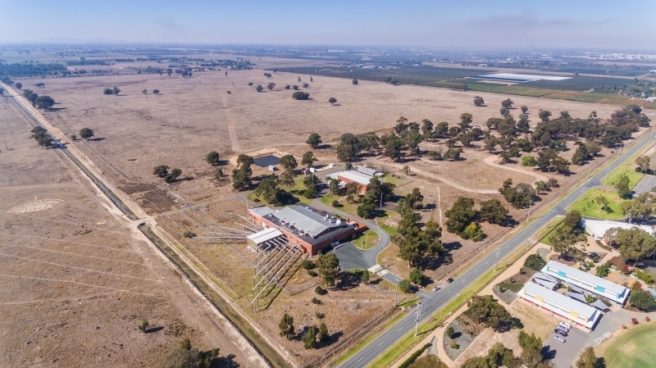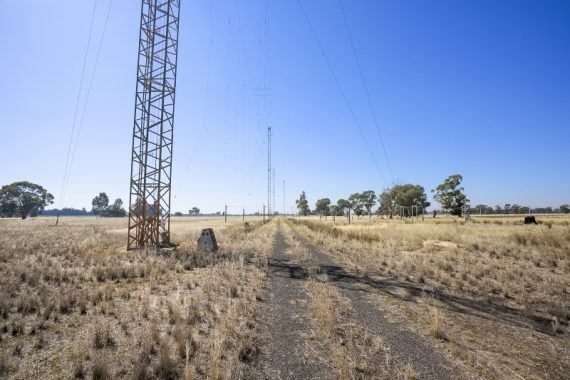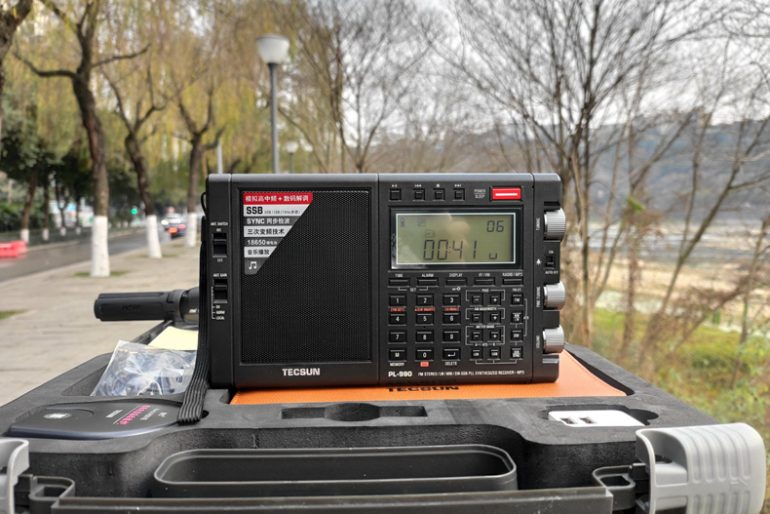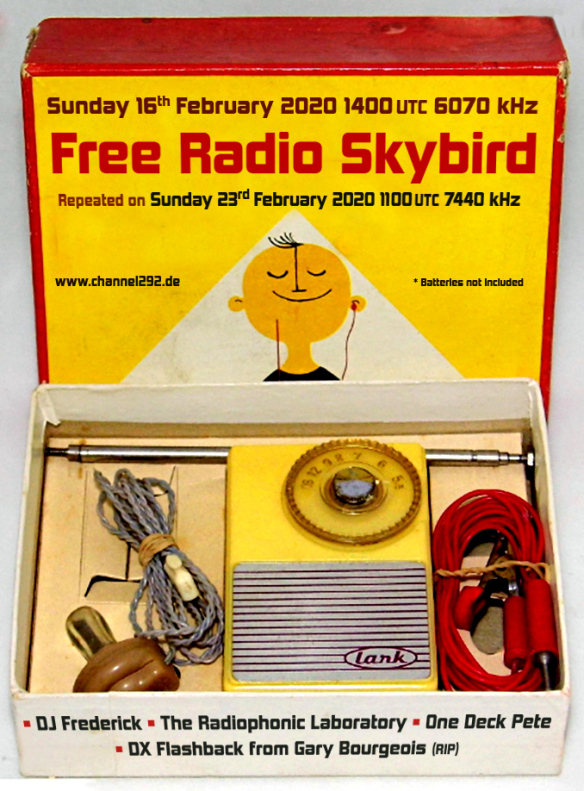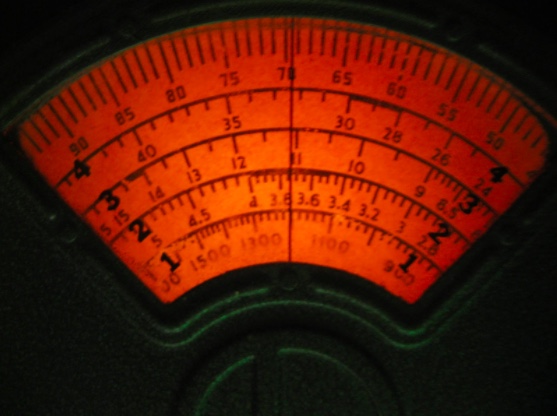EUROPE:
This coming weekend Encore – Classical Music on Radio Tumbril will be broadcast again at the NEW TIME in Europe of 11:00 UTC on SATURDAY on 6070 kHz by Channel 292.
There is much less interference from adjacent channels at this time.
There are two repeats – 19:00 UTC Friday on 6070 kHz and 09:00 UTC on Sunday on 7440 kHz by Channel 292.
NORTH AMERICA:
WWCR Nashville will broadcast the Encore on Saturday at 21:00 UTC as usual on 9350 kHz. The propagation is very good over the US and much of Canada and the signal carries to parts of western Europe too.
WBCQ Maine will send out the show on 7490 kHz at 01:00 UTC Monday to the US. (Early evening Sunday local US – obviously.)
Sadly the US broadcasts of Encore are going to have to stop at the end of February.
As many folks know – Radio Tumbril is a one-man operation existing without sponsorship.
Even with the generosity of WBCQ and WWCR – in keeping costs to a minimum – it requires hundreds of dollars a month to broadcast Encore to North America and the money to pay for the electricity will run out when Radio Tumbril is one year old.
Unless the situation changes – the last transmission with WBCQ will be 01:00 UTC Monday 2nd March. The last transmission with WWCR will be Saturday 29th February 21:00 UTC.
The European broadcasts are of much lower power – and, naturally, much less costly. Radio Tumbril will continue on Channel 292 for the foreseeable future.
In the meantime – many thanks to everyone in The US, Canada, and beyond (India for instance) who have been listening regularly and enthusiastically to the broadcasts of Encore from WBCQ and WWCR. I’m very sorry they have to come to an end.
But not quite yet…
So do let us know how well you can pick up Encore at your location by emailing to
[email protected]. We try to reply to all emails and will send eQSL cards for full reports – though a brief report is fine.
This week’s programme will start with a Spanish dance by Sarasate and a couple of Bagatelles by Gerald Finzi. Then a couple of songs – one by Puccini and the other by Mahler. A contemporary piece next – To the pale Green Sea of Evening by Jennifer Barker, and a piano piece by Alkan to follow. The show finishes with some of a sonata by Beethoven – Richter on Piano and Rostropovich on Cello. The Adagietto from Mahler’s 5th to finish us off.
The playlist is on the website and will be updated soon after Saturday’s broadcast of the new show by Channel 292 at 11:00 UTC – but probably not until Sunday evening.
Both Channel 292 and WBCQ as well as WWCR can be pulled live off the internet if the reception is poor in your location. Easy to find their sites with a google search.
In the meantime – thank you for spreading the word about Encore – Classical Music on Shortwave. And thank you to everyone for letting us know how well the signal is received where you live.
Regular Broadcast times are:
11:00 – 12:00 UTC Saturday on 6070 kHz and repeated 19:00 – 20:00 UTC Friday on 6070 kHz Channel 292 (Germany) and 09:00 UTC Sunday on 7440 kHz.
21:00 – 22:00 UTC Saturday on 9350 kHz WWCR (Nashville).
01:00 – 02:00 UTC Monday on 7490 kHz WBCQ – (Maine).

